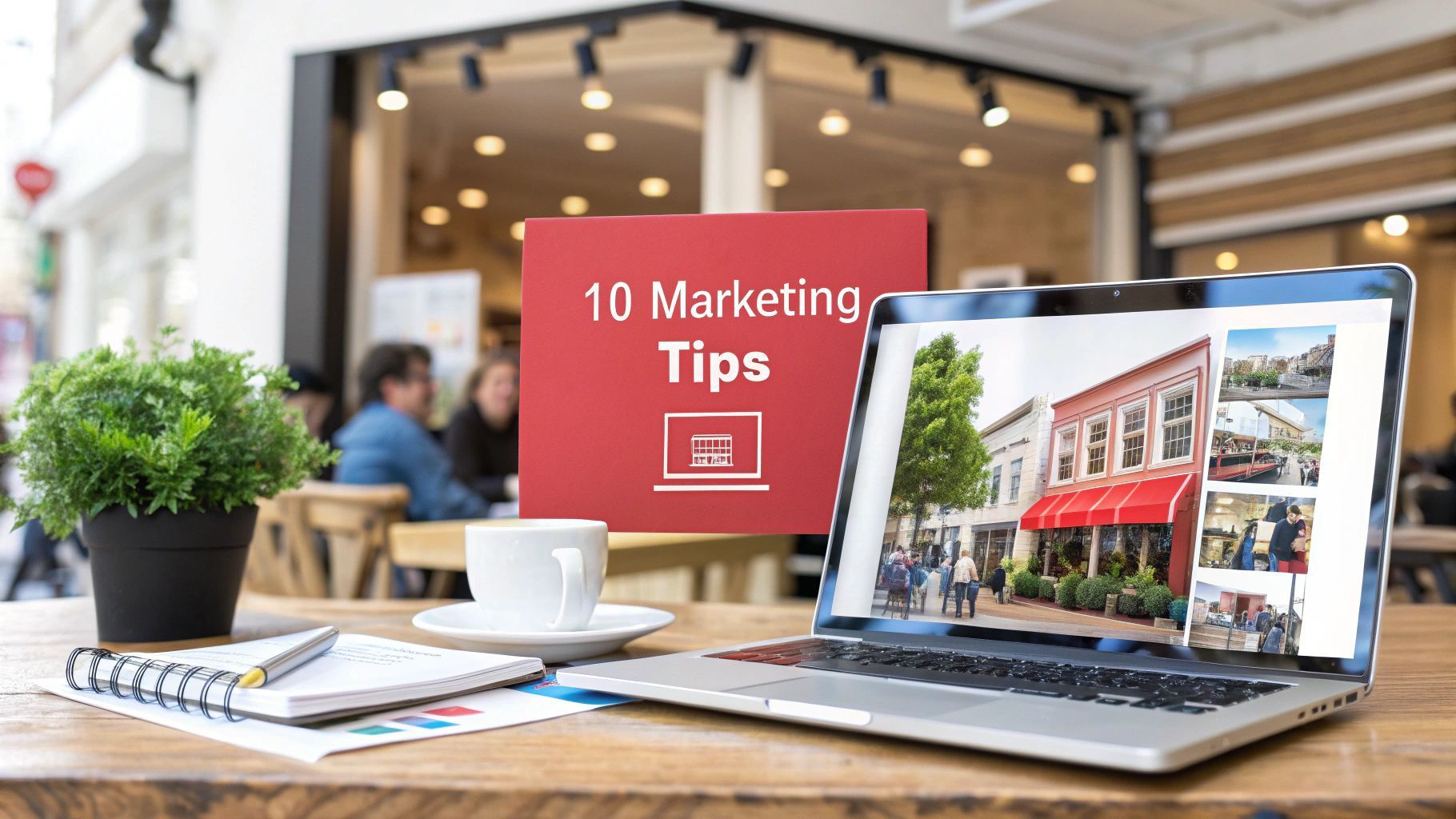Why Your Website Isn’t Converting - And How to Fix It
Understanding the barriers to digital performance and what to do next

Why website conversions matter more than clicks
It is easy to get caught up in the numbers, page views, sessions, impressions but none of it matters if your website is not converting. Conversion is where awareness turns into action, and it is the clearest signal that your digital strategy is working.
If your site is attracting visitors but failing to convert them into enquiries, sign-ups or sales, the issue is rarely about traffic alone. Most of the time, it comes down to gaps in user experience, message clarity or trust signals.
Below are the most common reasons websites do not convert and practical steps to fix them.
Lack of clarity and direction
Visitors decide whether to stay on your website within a few seconds. If your message is vague or overloaded with jargon, they will leave without engaging further.
To fix this:
- State clearly what your business offers on your homepage above the fold.
- Use concise headings, supported by subheadings and clear calls to action.
-Avoid complex language or buzzwords, plain English converts best.
Poor user experience
If your website is difficult to navigate, slow to load or does not work well on mobile, users will lose patience. A poor experience damages trust and creates friction that prevents conversion.
Key improvements include:
- Ensuring your site is responsive on all devices
- Improving page speed by compressing images and reducing scripts
- Simplifying menus and reducing the number of clicks to reach key pages
Lack of social proof and trust signals
Users are more likely to take action when they trust the business behind the website. Without visible social proof, your credibility is in question.
Build trust with:
- Testimonials from real clients or customers
- Case studies showing results or transformations
- Trust badges, security certificates or affiliations with reputable organisations
Confusing or missing calls to action
A well-designed website should gently guide visitors towards taking a clear next step. Without strong and relevant calls to action, users might browse aimlessly and then leave.
To improve this:
- Use consistent buttons and links that stand out visually
- Match calls to action with user intent on each page
- Keep it simple, one primary action per page is usually best
Content that does not speak to the user
If your content is focused too heavily on what you do rather than how it helps the user, it will not resonate. Effective content anticipates the user’s needs, questions and concerns.
Refocus your content by:
- Leading with value rather than features
- Addressing common objections or pain points
- Using real examples to illustrate your impact
Missing analytics or feedback loops
Sometimes, conversion issues stem from a lack of visibility. Without proper analytics and feedback mechanisms in place, you are guessing at what is wrong.
Make sure you:
- Track key events and goals in Google Analytics or similar tools
- Review heat maps to understand user behaviour
- Collect qualitative feedback through forms or surveys
Final thoughts
A website that does not convert is not a failed website, it is simply a sign that something is not aligned with what users need or expect. In most cases, the fixes are structural rather than superficial. Better clarity, stronger trust signals and a smoother user journey can make a measurable difference.
Conversion is not a one time fix but an ongoing process of learning and refinement. By approaching it with focus and curiosity, your website can become one of your most powerful business tools.





